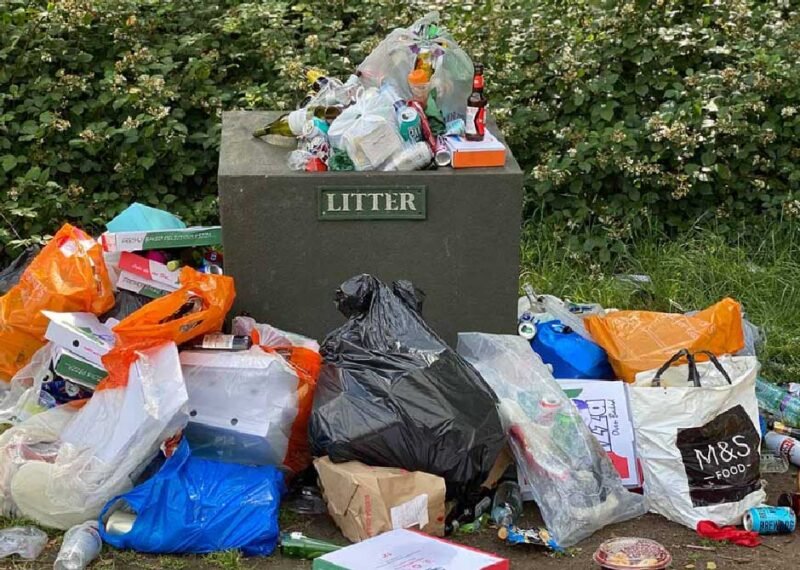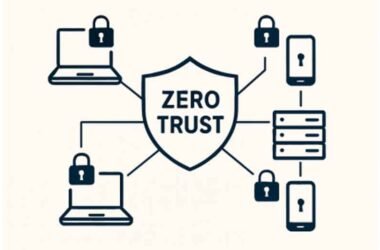Soft plastics are becoming more and more of a problem. Recycling programs have reached many households where soft plastics have been put in their bins. So what does happen to these objects after they leave the bin? If you understand this, you’ll toss less waste incorrectly. That’s a win for Earth. In this post, we will learn more about soft plastics and what happens once they are collected for recycling.
Collection and Transportation
After they are collected, soft plastics are sent to recycling centres. These places don’t pick and choose. They process all types of plastic waste. The transportation process is very special, as it must be handled appropriately to prevent contamination. Vehicles (often trucks or specialist vehicles) are deployed to collect waste for the process of soft plastic recycling.
Sorting and Cleaning
Once they arrive, the initial action is sorting. Plastics are sorted according to their nature. It’s vital to sort them; each plastic needs its own method. Companies such as Reground combine the careful work of human hands with smart equipment that’s quickly learning to undertake automated sorting. Human workers make sure to remove any contaminants, such as food residues or any other non-recyclable goods. Successful recycling begins with clean plastics.
Shredding and Melting
After sorting and cleaning, plastics are shredded. Powerful machines crush the raw material into small grains, which leads to a more energy-efficient process in the next step, melting. Plastics are melted at a controlled temperature without burning, preparing them perfectly for the recycling process.
Forming New Products
Melted plastic is made into new products. Manufacturers use this recycled material to create countless items, including plastic bottles, bags, and even furniture. Recycling reduces the need for virgin raw materials by turning waste into valuable products. With this approach, you’ll use less power and fewer supplies.
Environmental Benefits
There are great environmental benefits to soft plastic recycling. Less trash fills our landfills, which stops pollution and keeps animals from getting hurt. Giving plastic a second life means we make less new stuff from scratch. Less manufacturing activity sends fewer greenhouse gases into our atmosphere. The decisions we make right now matter. They help shape a good world for our future.
Challenges and Innovations
Recycling soft plastics presents challenges. Different facilities process different types of plastic and food-contaminated items, which, for example, can be hard to recycle. Yet progress is being made through innovation. Advancements in sorting and recycling technologies are being introduced. Our recycling will get a quality boost. It’ll also be much simpler.
Public Awareness and Participation
Public participation is essential in soft plastic recycling. Success can be increased if people are educated about proper disposal and recycling. Local events and campaigns can really get people talking. When folks feel they are doing something good, it helps everyone understand things better. People truly get involved when they can see their actions creating a positive change.
Commercial Entities’ Public Function
Consider this: Businesses play a key role in helping recycling efforts succeed. Many companies now create recycled products, lessening waste and motivating others to participate. Businesses that care about the planet can really get people to change their ways and start living greener.
The Future of Soft Plastic Recycling
Things are indeed looking up for the future of soft plastic recycling. As technology advances, more changes will likely be seen, and a more efficient method can arise. Imagine all the clever new ways people at home and worldwide will find to manage plastic trash in the future. This is all thanks to the several discoveries that are being made every day. Achieving this will need everyone on board—federal and state governments, yes, but also businesses and folks in every neighbourhood.
To Sum Up
Soft plastic waste does not just disappear when it leaves the collection bin. It goes through a complicated transformation to become anything else. Seeing how items get recycled really shows why we must do it right. Individuals, families, and businesses actively work for a healthier environment through recycling programs. Every reusable bag and recycled bottle reduces plastic pollution. As a result, it helps build a truly lasting, healthy planet.








